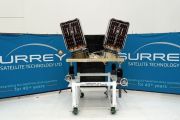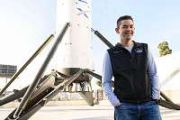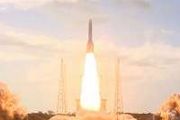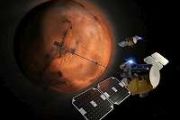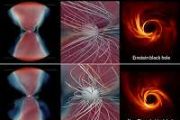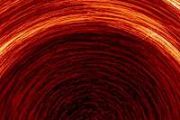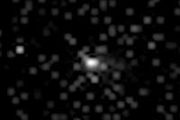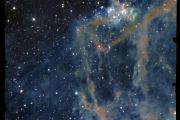
Copernical Team
Seeing how a spacecraft dies

Seeing how a spacecraft dies
NASA's Lucy spacecraft prepares to swing by Earth
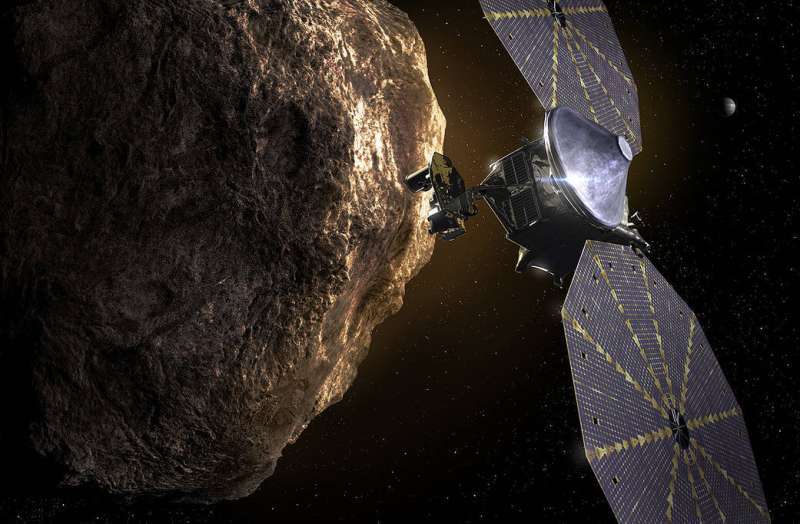
On Oct. 16, at 7:04 a.m. EDT, NASA's Lucy spacecraft, the first mission to the Jupiter Trojan asteroids, will skim the Earth's atmosphere, passing a mere 220 miles (350 kilometers) above the surface. By swinging past Earth on the first anniversary of its launch, Lucy will gain some of the orbital energy it needs to travel to this never-before-visited population of asteroids.
The Trojan asteroids are trapped in orbits around the sun at the same distance as Jupiter, either far ahead of or behind the giant planet. Lucy is currently one year into a twelve-year voyage. This gravity assist will place Lucy on a new trajectory for a two-year orbit, at which time it will return to Earth for a second gravity assist. This second assist will give Lucy the energy it needs to cross the main asteroid belt, where it will observe asteroid Donaldjohanson, and then travel into the leading Trojan asteroid swarm.
#MeToo in space: We must address the potential for sexual harassment and assault away from Earth
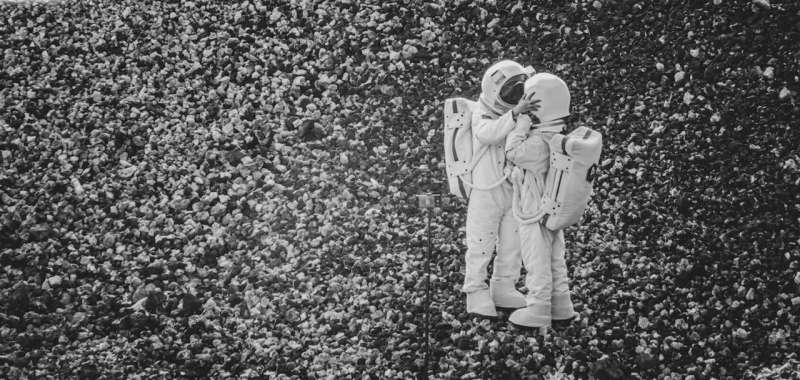
A new dawn of space exploration is upon us. NASA aims to land the first woman and person of color on the moon by the end of 2025, and send a crew on a year-and-a-half long mission to Mars in the 2030s.
To ensure a safe and pleasurable journey to the final frontier, national agencies such as NASA and private companies such as SpaceX must address both the technical and human factors associated with working and living in space. Yet, the realities of sexuality and intimacy in space are mostly omitted.
How will people be able to live for prolonged periods of time in the isolated, confined and extreme conditions of spacecrafts and other planets? How will people navigate falling in love, having sex and beginning and ending relationships under such conditions? How will people deal with the stress, limited choice of intimate partners and issues related to consent? And how will sexual harassment or assault be prevented or addressed?
US opts to not rebuild renowned Puerto Rico telescope
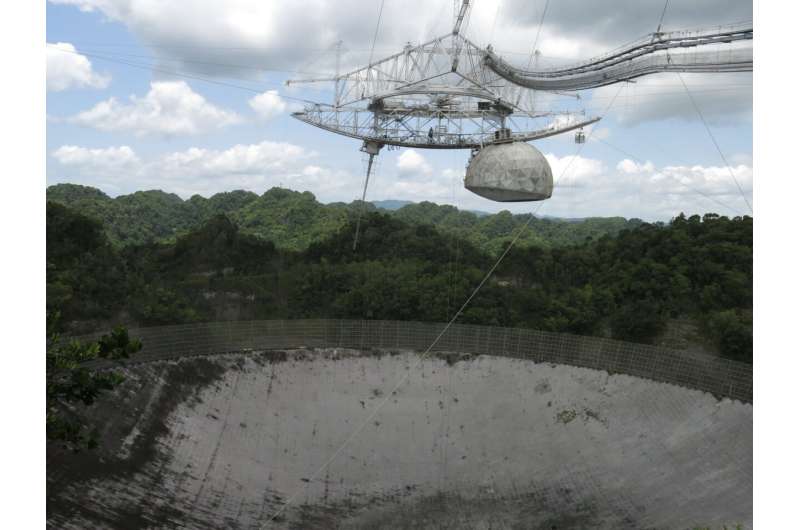
The National Science Foundation announced Thursday that it will not rebuild a renowned radio telescope in Puerto Rico, which was one of the world's largest until it collapsed nearly two years ago.
Protecting Mars Sample Return spacecraft from micrometeorites requires high-caliber work
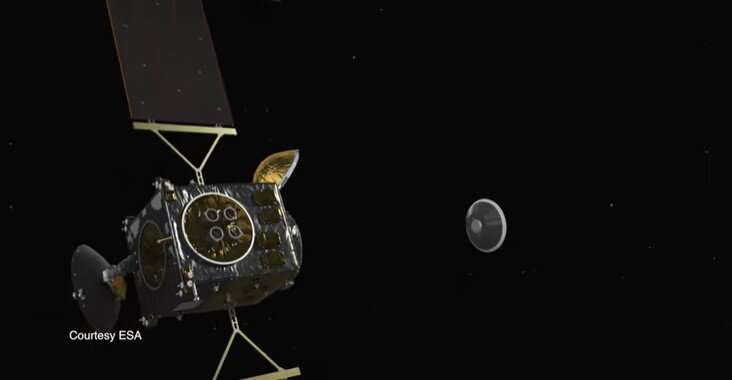
Micrometeorites are a potential hazard for any space mission, including NASA's Mars Sample Return. The tiny rocks can travel up to 50 miles per second. At these speeds, "even dust could cause damage to a spacecraft," said Bruno Sarli, a NASA engineer at NASA's Goddard Space Flight Center in Greenbelt, Maryland.
Sarli leads a team designing shields to protect NASA's Mars Earth Entry System from micrometeorites and space debris. Recently, he traveled to a NASA lab designed to safely re-create dangerous impacts to test the team's shields and computer models.
Set far away from residents and surrounded by dunes, the Remote Hypervelocity Test Laboratory at NASA's White Sands Test Facility in Las Cruces, New Mexico, has supported every human spaceflight program from the Space Shuttle to Artemis. The lab also supports testing for the International Space Station, Commercial Crew, and Commercial Resupply programs.
The lab uses two-stage light gas guns to accelerate objects to speeds that simulate micrometeorite and orbital debris impacts on spacecraft shielding. The first stage uses gun powder as a propellent the way a standard gun does.
Video: Solar Orbiter speeds toward its next rendezvous with the sun
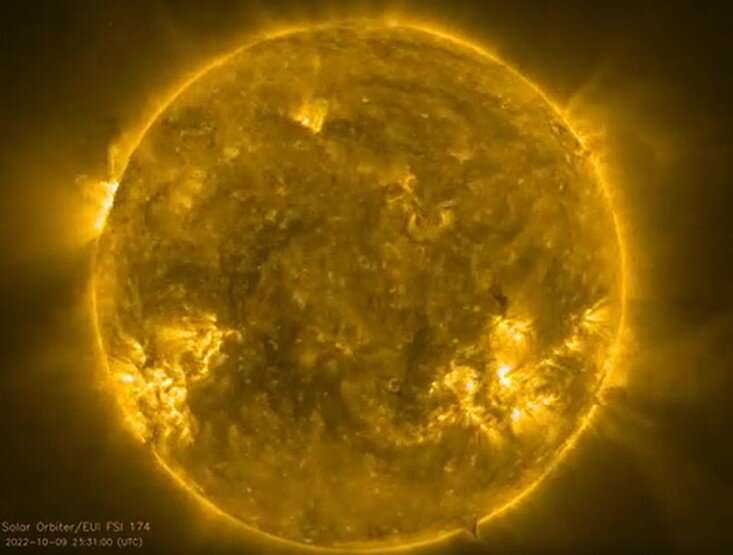
The ESA-led Solar Orbiter mission arrives at its next close approach to the sun on 12 October 2022 at 19:12 UTC (21:12 CEST). This sequence of images shows the progress of the ESA/NASA spacecraft as it heads inwards on its voyage of discovery. The sequence begins on 20 September and finishes on 10 October.
The sequence was taken by the Extreme Ultraviolet Imager (EUI) using the Full sun Imager (FSI) telescope, and shows the sun at a wavelength of 17 nanometers. This wavelength is emitted by gas in the sun's atmosphere with a temperature of around one million degrees. The color on this image has been artificially added because the original wavelength detected by the instrument is invisible to the human eye.
So much of modern society relies on spacecraft in orbit around Earth to provide essential communications and navigation. Understanding more about the sun and the "space weather" it generates will help companies operate their satellites around Earth safely and securely.
Nano-material diet can mean safer, slimmer satellites

A miniscule special ingredient blended with satellite materials could lead to significant mass savings for future missions. An ESA project with Adamant Composites in Greece tested how the addition of graphene – microscopic flakes of carbon just a single atom thick, combining robust strength with electrical conductivity – plus other nano-sized materials has the potential to optimise a satellite’s thermal and electrical properties.
ViaSat-3 satellite completes mechanical environmental testing
 Viasat Inc. (NASDAQ: VSAT) reports that reports that the ViaSat-3 Americas satellite has completed mechanical environmental testing. This is a significant milestone that is designed to verify the satellite can endure the rigors of launch and continues the momentum for launch later this year.
During mechanical environmental testing, the ViaSat-3 Americas satellite was subjected to simulatio
Viasat Inc. (NASDAQ: VSAT) reports that reports that the ViaSat-3 Americas satellite has completed mechanical environmental testing. This is a significant milestone that is designed to verify the satellite can endure the rigors of launch and continues the momentum for launch later this year.
During mechanical environmental testing, the ViaSat-3 Americas satellite was subjected to simulatio Goddard awards contract to SpaceLink for technology demonstration
 SpaceLink, a company that provides secure data relay from any orbit, any time, announced it was awarded a contract by NASA Goddard Space Flight Center (GSFC) to study how commercial optical ground terminals will integrate into the Near Space Network. The funded study includes a demonstration of end-to-end transport of multi-source data at the SpaceLink gateway in the Mojave Desert.
SpaceLi
SpaceLink, a company that provides secure data relay from any orbit, any time, announced it was awarded a contract by NASA Goddard Space Flight Center (GSFC) to study how commercial optical ground terminals will integrate into the Near Space Network. The funded study includes a demonstration of end-to-end transport of multi-source data at the SpaceLink gateway in the Mojave Desert.
SpaceLi Second batch of Airbus' Sparkwing solar panels selected by Aerospacelab
 An additional six of Airbus' Sparkwing solar panels have been selected by Aerospacelab to accommodate their ramp up towards higher satellite production volumes. The panels are designed and produced at Airbus' Dutch site in Leiden. The ordered configuration, consisting of two single panel wings, each measuring 1070x570mm, is identical to the set recently delivered by Airbus for the first flight m
An additional six of Airbus' Sparkwing solar panels have been selected by Aerospacelab to accommodate their ramp up towards higher satellite production volumes. The panels are designed and produced at Airbus' Dutch site in Leiden. The ordered configuration, consisting of two single panel wings, each measuring 1070x570mm, is identical to the set recently delivered by Airbus for the first flight m 







